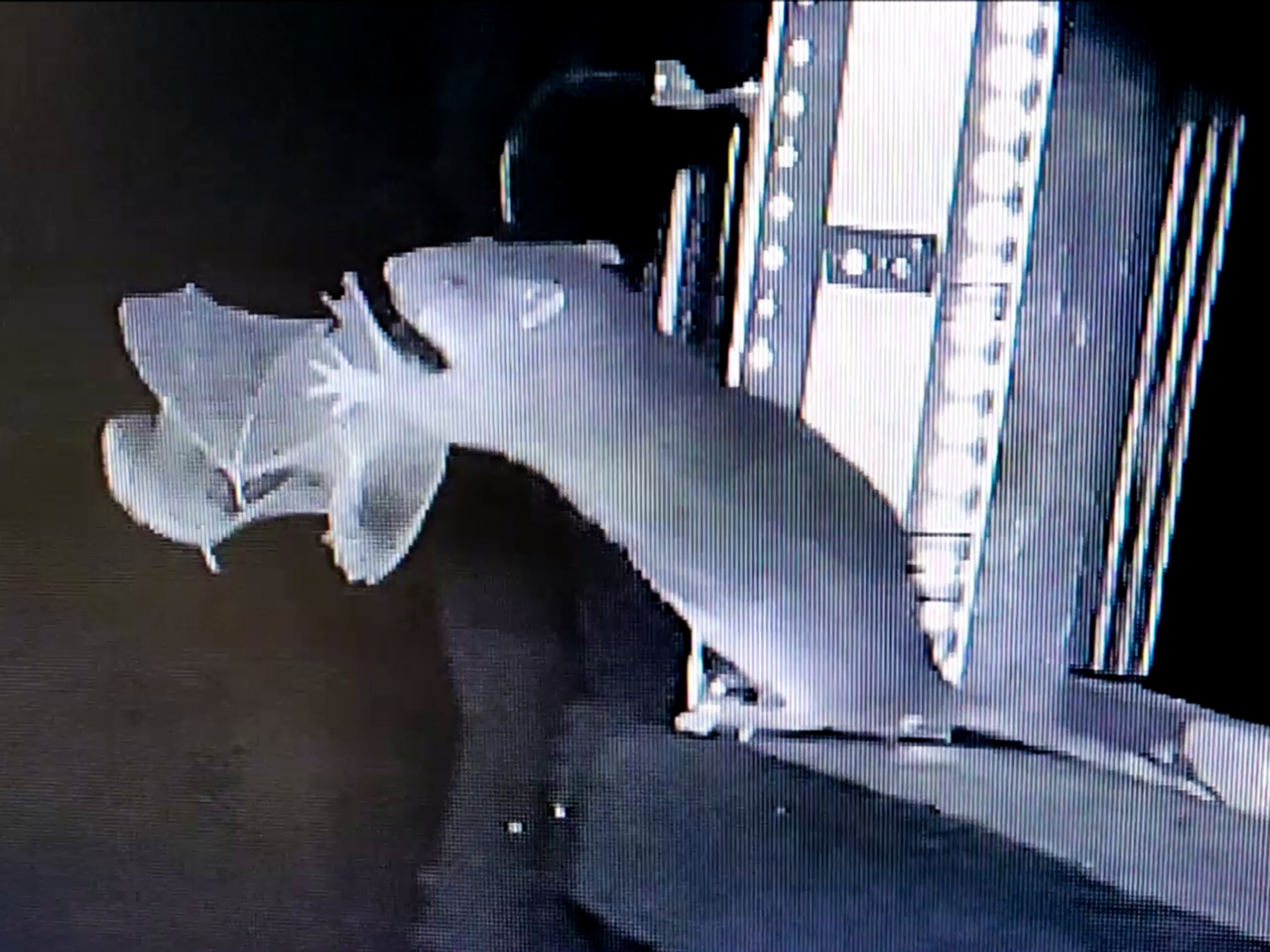Meet the Giant Rats That Are Sniffing out Landmines
A Belgian nonprofit has found African giant pouched rats are much better at detecting TNT than people or dogs.
African giant pouched rats—huge, cat-size rodents native to central Africa—have bad vision but an extraordinary sense of smell.
This makes them perfect candidates for discovering hidden landmines by sniffing out the explosive TNT. Even decades after conflict, explosive remnants of war linger in the earth, maiming and killing thousands of people who stumble across them each year.
In 2013, mines and other buried explosives caused 3,308 casualties worldwide—down from 4,325 in 2012, according to the 2014 Landmine Monitor report.
Finding these hidden explosives is challenging and dangerous: People with metal detectors not only risk their lives, they work slowly, stopping to investigate every suspicious ping. Trained dogs, while commonly used, are expensive and tough to transport. (Read more about dogs, rats, and bees on the hunt for landmines.)
Enter APOPO, a Belgian nonprofit that has created an army of TNT-sniffing African giant pouched rats. These critters are light enough to walk over the mines without setting them off, and use their noses to find the explosives quickly.
One rat can search over 2000 square feet (200 square meters) in 20 minutes, an area that could take a human up to four days, APOPO training manager Abdullah Ramadhan says in an email.
Since APOPO was founded in 1997, these furry super-sniffers have helped clear 13,200 mines from minefields in Tanzania, Mozambique, Angola, and, most recently, in Cambodia. (Learn about Cambodia’s recovery from landmines’ scourge.)
A Different Kind of Rat Race
Training the rats to sniff out landmines isn’t easy, though.
For one thing, the rodents need to learn how to be around humans, starting at infancy. For another, they don’t respond to verbal commands, so the trainers have to teach them that hearing a click means they get a food reward.
The last step is hooking the critters up to harnesses and teaching them how to walk on a rope grid in the field.
When the trained rats find a landmine, they stop and scratch at the TNT-scented spot, which the human de-miners mark and come back later to excavate. If they find a mine, they detonate it on site.
This whole training process takes about nine months for every rat. And there's a downside—the animals only live about eight years, which means a lot of training for an animal with a relatively short time span.
Ramadhan says that the landmine-sniffing rats have already made a big difference in the places where they work. (Related: "Giant Rats Trained to Sniff Out Tuberculosis in Africa.")
For instance, in Cambodia, nearly 50 percent of communities say that landmines hurt their livelihoods by restricting the land they could otherwise use for building or farming, according to a government report.
“Being able to move around freely and not having to fear anymore," Ramadhan says, "was a great relief for everybody I met."
Follow Rachel A. Becker on Twitter.




